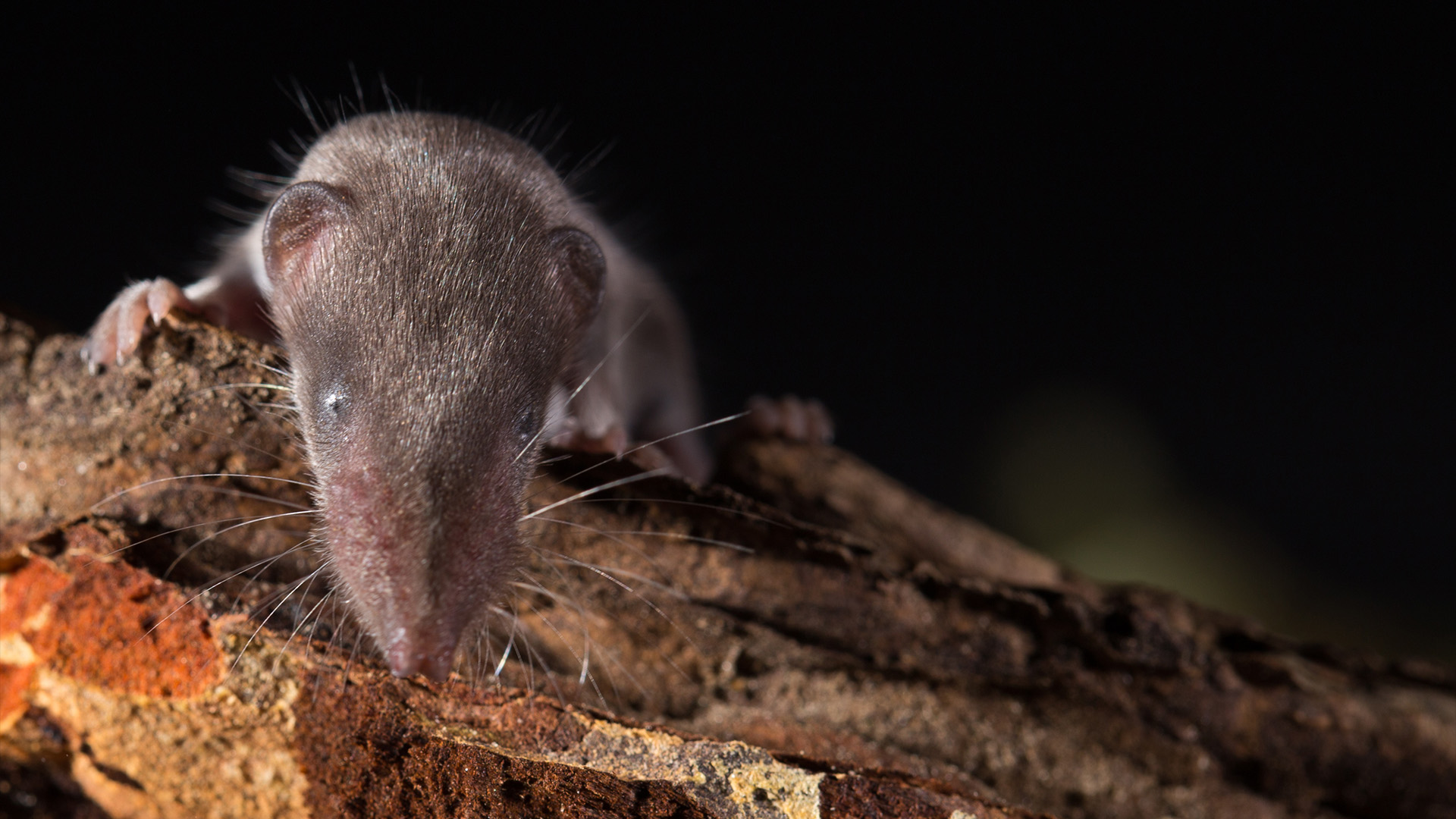What is the smallest animal on Earth?
The prize for the smallest animal goes to a group of microscopic species.

Tiny animals are, by their very nature, often overlooked. Most animal enthusiasts know that blue whales (Balaenoptera musculus) are the largest animals, but few are aware of our planet's most miniature inhabitants. So, what is the smallest animal?
There's always the potential for undiscovered species to emerge, but it's hard to imagine animals getting any smaller than myxozoans, a group of microscopic invertebrates related to jellyfish.
Beth Okamura, a professor at the Natural History Museum in London, believes myxozoans are the smallest animals on Earth because many myxozoan species are just a single cell as adults.
"All of us at some point in our life cycle have tiny stages, but when we're mature, we're complex multicellular animals," Okamura said. "That's not the case for Myxozoa. When they mature, they're still single cells."
Related: What is the most genetically diverse species?
Myxozoans can be as small as 0.02 millimeter (20 micrometers) across as adults. For scale, that's up to 100 times smaller than a grain of sand, according to the University of Hawaii.
The Myxozoa subphylum has evolved a simple form that suits its parasitic life cycle. Most myxozoan species produce infectious water-borne spores. Cells from these spores invade and develop inside both vertebrate hosts, such as fish, and invertebrate hosts, like annelid worms, Okamura explained.
Get the world’s most fascinating discoveries delivered straight to your inbox.
For example, some myxozoans — certain ceratomyxids — infect the gallbladders of Amazon fish and "grow" into worm-like creatures similar to multicellular nematodes but with unicellular bodies.
While some myxozoans cause diseases in their hosts, many are harmless. This innocuousness, combined with their tiny size, means scientists often overlook these minuscule creatures. However, there are thousands of myxozoan species living all over the world. "The more you look, the more you find," Okamura said.
Myxozoans may be the smallest animals overall, but a few others deserve honorable mentions for being the smallest in their evolutionary group. For example, the smallest-mammal title is shared between Etruscan shrews (Suncus etruscus) and bumblebee bats (Craseonycteris thonglongyai), according to a 2012 study published in the journal Mammal Review.
The University of Michigan's Animal Diversity Web considers bumblebee bats to be the shorter of the two species, with a length of 1.1 to 1.3 inches (2.9 to 3.3 centimeters), while the shrews can grow up to 2 inches (5 cm) long. However, bumblebee bats also have a wingspan of around 6 inches (15 cm), so they're considerably wider than shrews during flight.
The smallest vertebrates of all are miniature frogs, several of which are less than an inch in length. In a February 2024 study published in the journal Zoologica Scripta, Mirco Solé, a professor of zoology at the State University of Santa Cruz in Brazil, crowned a frog called Brachycephalus pulex the smallest known vertebrate.
Solé and his colleagues found that mature female B. pulex average just 0.32 inch (8.15 mm) in length, while males are even shorter, at 0.28 inch (7.1 mm) — small enough to fit on a human fingernail.
This tiny species is found only on two mountains in the eastern Brazilian state of Bahia. B. pulex lives in leaf litter near rivers and mainly eats mites. "Most animals do not feed on mites because they are so small," Solé said.
While B. pulex is currently the smallest vertebrate researchers have found, Solé noted that there could be an even smaller frog out there.
"We are still far away from knowing what's living on the planet," he said. "It's the smallest now."

Patrick Pester is the trending news writer at Live Science. His work has appeared on other science websites, such as BBC Science Focus and Scientific American. Patrick retrained as a journalist after spending his early career working in zoos and wildlife conservation. He was awarded the Master's Excellence Scholarship to study at Cardiff University where he completed a master's degree in international journalism. He also has a second master's degree in biodiversity, evolution and conservation in action from Middlesex University London. When he isn't writing news, Patrick investigates the sale of human remains.





